What Are Sunchokes?
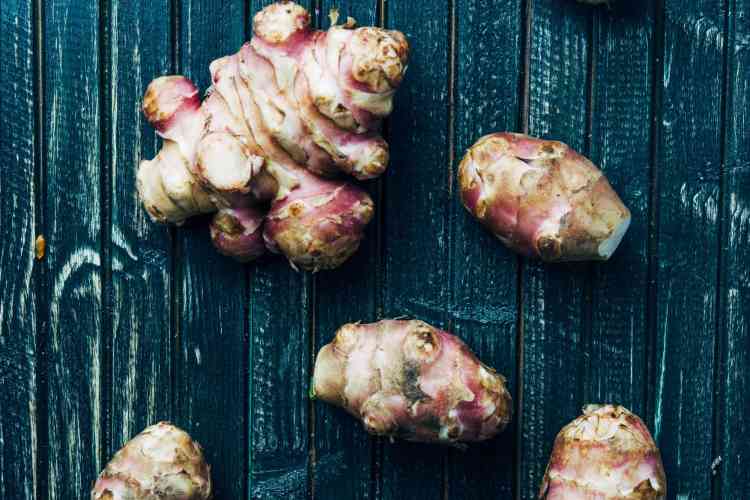
Sunchokes may be one of the most confusing vegetables of all. You’ve probably seen them in your local market, wondering if they are a different type of ginger or if they are some kind of potato.
This confusion leads most people to leave the sunchokes behind as they have no clue how to prepare them. But this interesting tuber is a great vegetable option that goes perfectly with different preparations.
So, what is a sunchoke exactly? What do sunchokes taste like? Let’s immerse ourselves in the sunchoke world, learning more about its origins, flavors and ways to prepare it.
Jump to Section
- What Are Sunchokes?
- What Do Sunchokes Taste Like?
- Buying Sunchokes
- Preparing Sunchokes
- Cooking With Sunchokes
What Are Sunchokes?
Sunchokes, also known as Jerusalem artichokes, are tuberous roots of a species of sunflower scientifically called Helianthus tuberosus. Interestingly, sunchokes are not related to artichokes and do not come from Jerusalem but are commonly grown in North America.
The name comes from early-world Italian explorers who associated the taste with regular artichokes and its looks with a girasole (“sunflower” in Italian).
These tubers have a knobby, irregular shape and a thin, light-brown to beige skin. The flesh inside is crisp and white.
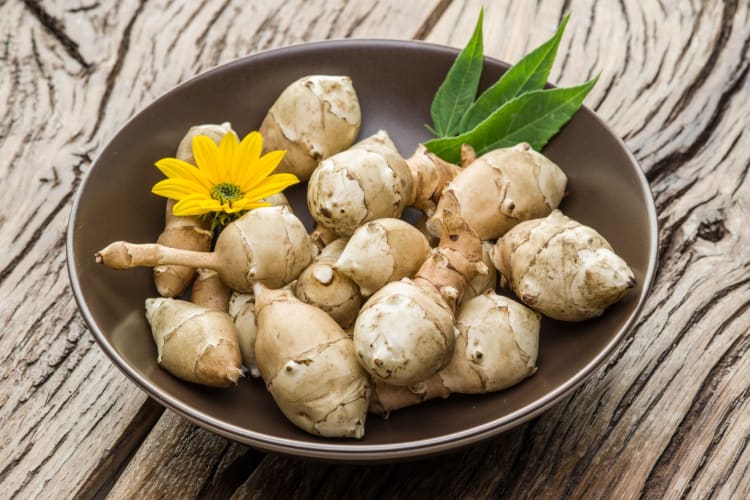
What Do Sunchokes Taste Like?
Sunchokes have a unique flavor often described as sweet, nutty and slightly earthy. The taste is similar to artichokes but it has a more pronounced sweetness.
When raw, its texture is crisp and crunchy, similar to water chestnuts. But, when cooked, their texture becomes softer and their consistency may vary from creamy to slightly firm (depending on the cooking method).
With their sweet and nutty undertones, sunchokes prove to be a versatile ingredient in the kitchen. Their unique flavor profile makes them an ideal addition to a variety of dishes, ranging from crisp salads to hearty roasted meals.
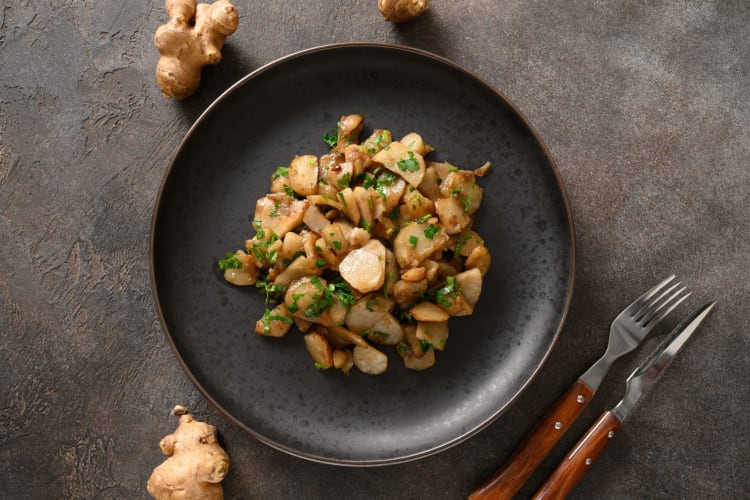
Buying Sunchokes
You can buy sunchokes in well-stocked supermarkets, local farmers markets or specialty grocery stores. While they are not always available, try looking for them during their peak season, which is in fall and winter. They are usually located in the produce section, often alongside other root vegetables.
When selecting sunchokes, opt for the ones that are firm, with smooth skin and free from spots or wrinkles. The tubers should be plump and in uniform size, as irregularities often make peeling or cutting more challenging.
If sunchokes feel soft or with a strong odor, this may be a sign they are spoiled.
In terms of storage, sunchokes are best kept in the refrigerator, and they can last for up to two weeks. Store them in a cool, dry place. It's best to keep them in a paper bag or a perforated plastic bag to maintain optimal humidity without causing them to become overly moist.
If you don't plan to use them right away, store sunchokes in the crisper drawer to help preserve their freshness.
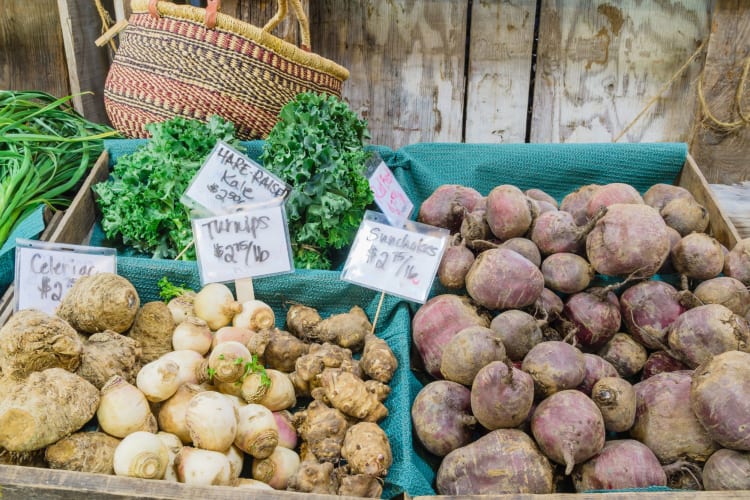
Preparing Sunchokes
One of the best aspects of sunchokes is their simplicity. They are very easy to use, and you can experiment with different preparations.
Here are a few things to keep in mind when preparing them:
- Scrub thoroughly: Before cooking, scrub the sunchokes under running water to remove any dirt. Since the thin skin is edible, you don't necessarily need to peel them unless your recipe calls for it.
- Slice uniformly: For even cooking, try to slice or dice the sunchokes into uniform pieces. This will help you reach a consistent texture.
- Keep inulin in mind: Sunchokes contain inulin, a type of carbohydrate that some people find hard to digest. If you’re sensitive to inulin, start with small amounts and see how your body responds. Cooking methods like roasting are great to break down inulin and make sunchokes more digestible.

Cooking With Sunchokes
Sunchokes have a distinct sweet and nutty flavor that makes them a delicious ingredient to add to different dishes. If you want to experiment with this tuber but have no clue where to start, roasting is a great starting point.
Roasting sunchokes elevates their natural richness and caramelizes their sugars, creating a delicious side dish. You can toss the sliced sunchokes in olive oil, sprinkle with salt and pepper and roast until golden and voilá, you have a new addition to your meals.
Another popular preparation is salads, as sunchokes provide a crisp and refreshing crunch. For this, blanch them briefly in boiling water before incorporating them into the salad, as this method will help you preserve their crunchiness.
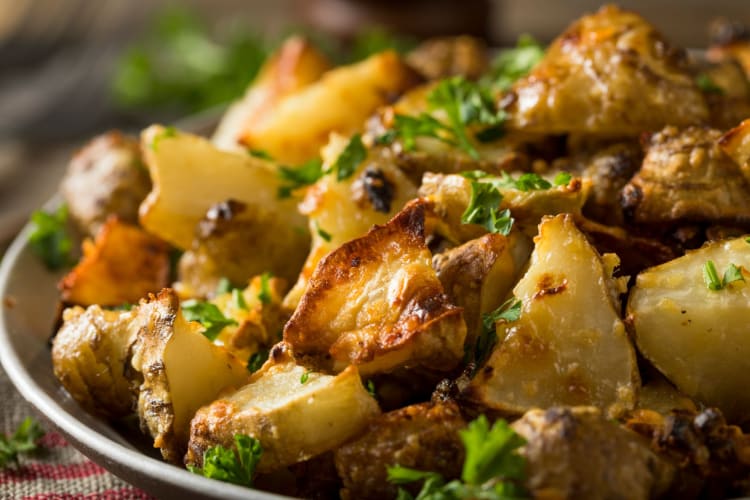
What makes sunchokes so fantastic is how versatile they are for cooking. You can get creative and make a sunchoke Caesar-style salad or a sunchoke stew! The possibilities are endless, it’s just a matter of daring to play with a new ingredient and understanding its texture and flavor.
For even more ways to explore your favorite foods, check out other experiences happening on Cozymeal.
